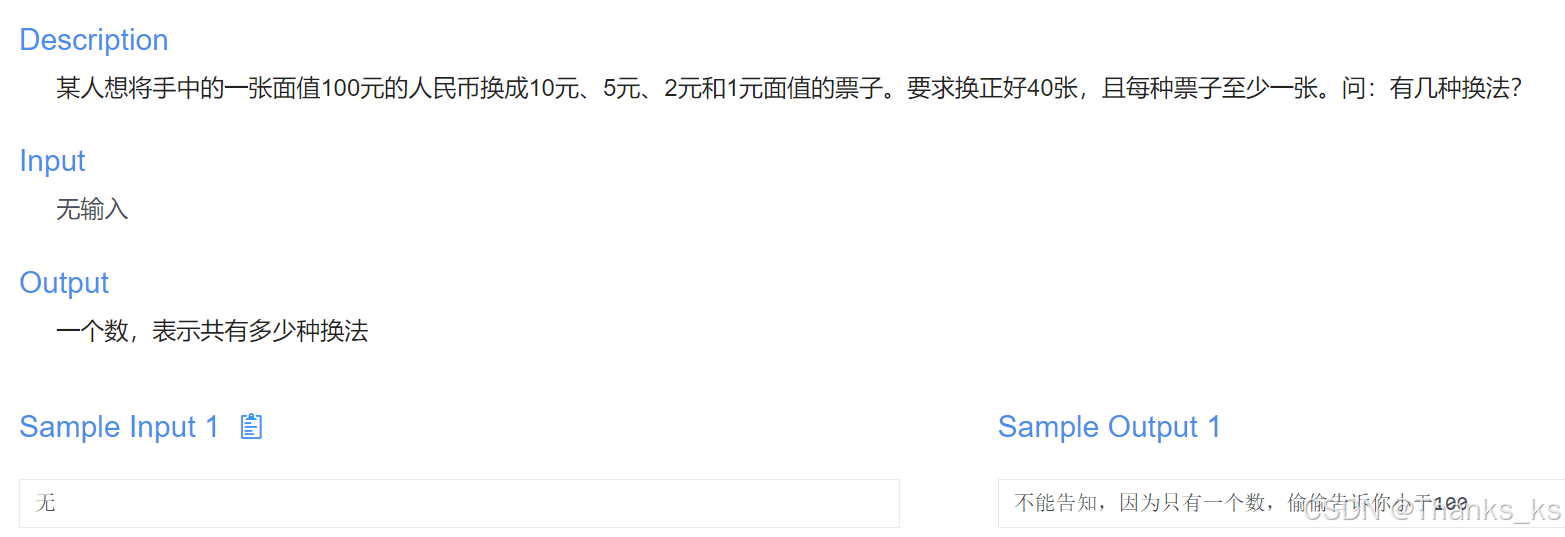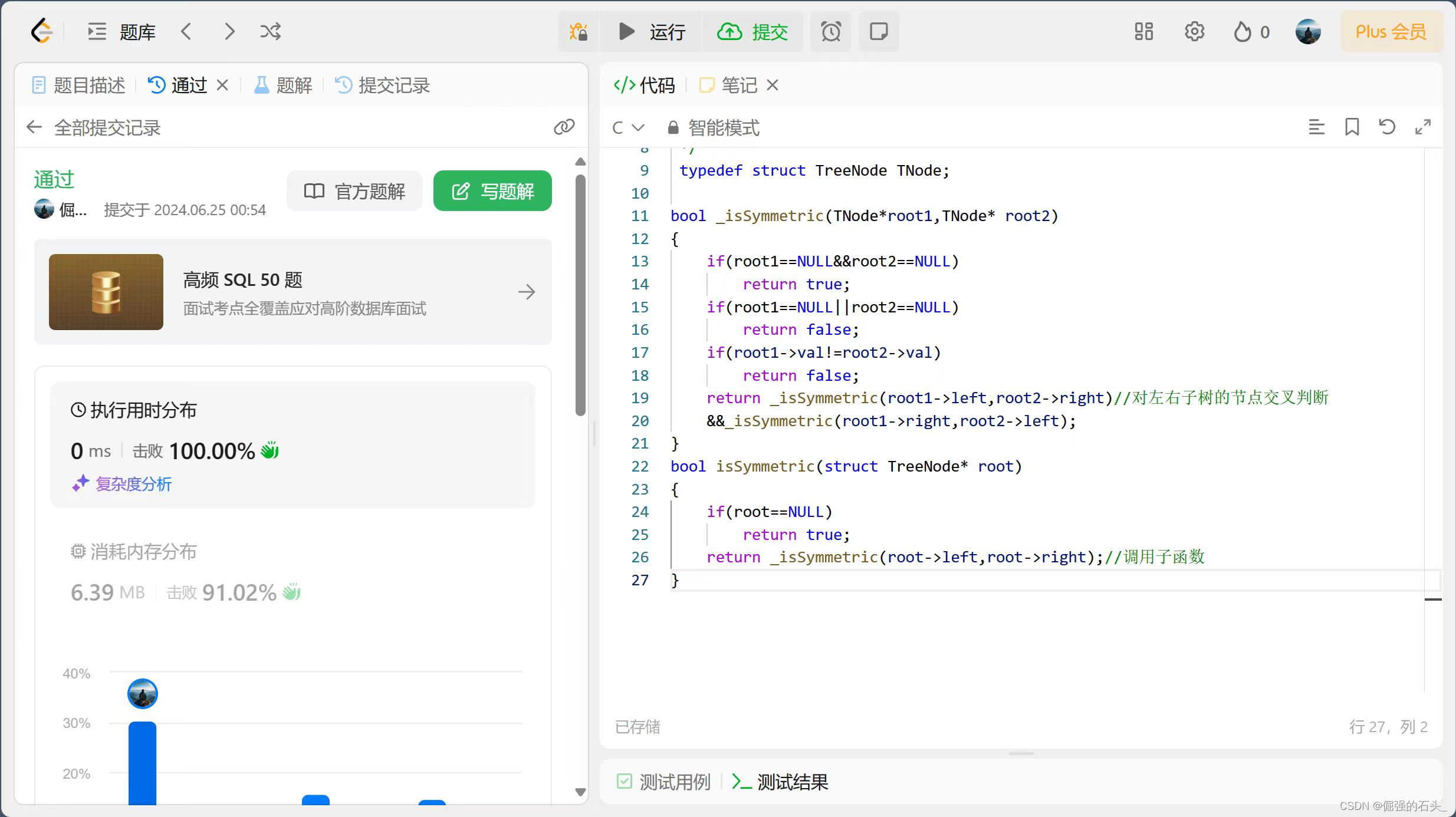1. 常用类注解
@RestController和@Controller是Spring中用于定义控制器的两个类注解.
1.1 @RestController
@RestController是一个组合类注解,是@Controller和@ResponseBody两个注解的组合,在使
用 @RestController 注解标记的类中,每个方法的返回值都会以 JSON 或 XML等 的形式直接写入 HTTP 响应体中,相当于在每个方法上都添加了 @ResponseBody注解.
代码演示(访问127.0.0.1:8080/hello/hello1):
@RequestMapping("/hello")
@RestController
public class HelloController {
@RequestMapping("/hello1")
public String hello() {
return "hello spring mvc1";
}
}返回的结果如下:
我们可以使用fiddler进行抓包:

可以看到返回的类型是text/html,可以把它看成是一个text或者是html.
1.2 @Controller
@Controller是一个类注解,其主要作用是标记类表示返回的是一个视图(view).这是用于传统的SpringMVC架构中的类注解.
代码演示:
@RequestMapping("/response")
@Controller
public class ResponseController {
@RequestMapping("/index")
public String index(){
return "/index.html";
}
}//index.html
<!doctype html>
<html lang="en">
<head>
<meta charset="UTF-8">
<meta name="viewport"
content="width=device-width, user-scalable=no, initial-scale=1.0, maximum-scale=1.0, minimum-scale=1.0">
<meta http-equiv="X-UA-Compatible" content="ie=edge">
<title>用户登录首页</title>
</head>
<body>
登录人: <span id="loginUser"></span>
<script src="/jquery.min.js"></script>
<script>
</script>
</body>
</html>
这样就返回了一个html页面(视图).
总之,@RestController和@Controller的区别就在于要返回一个视图(页面)还是要返回数据.
1.3 @RequestMapping
@RequestMapping表示路由映射,即通过@RequestMapping注解可以达到设置url的目的.在访问时只有加入@RequestMapping映射的部分,才能成功找到这个路径.\
代码演示:
@RequestMapping("/hello")
@RestController
public class HelloController {
@RequestMapping("/hello1")
public String hello() {
return "hello spring mvc1";
}
}我们只有启动服务器,再访问127.0.0.1:8080/hello/hello1才能成功接收到后端返回的"hello spring mvc1"这个数据.
2. 常用方法注解
2.1 @RequestMapping
我们刚才介绍了@RequestMapping是一个类注解,它其实还是一个方法注解,我们在使用方法时需要在方法上也添加上这个注解.同样表示的是路由映射,影响我们访问的url.我们再来看一下,其中的属性:
@Target({ElementType.TYPE, ElementType.METHOD})
@Retention(RetentionPolicy.RUNTIME)
@Documented
@Mapping
@Reflective({ControllerMappingReflectiveProcessor.class})
public @interface RequestMapping {
String name() default "";
@AliasFor("path")
String[] value() default {};
@AliasFor("value")
String[] path() default {};
RequestMethod[] method() default {};
String[] params() default {};
String[] headers() default {};
String[] consumes() default {};
String[] produces() default {};
}public enum RequestMethod {
GET,
HEAD,
POST,
PUT,
PATCH,
DELETE,
OPTIONS,
TRACE;
}
其中我们主要介绍method这个属性,method取值于RequestMethod这个枚举类型,我们使用的最多的就是GET和POST:
@GetMapping("/hello3")
public String hello3() {
return "hello spring mvc3";
}
@PostMapping("/hello4")
public String hello4() {
return "hello spring mvc4";
}报错信息:Resolved [org.springframework.web.HttpRequestMethodNotSupportedException: Request method 'GET' is not supported]
POST表示只有使用post请求时才允许进行正确的响应,GET表示get请求时才允许进行正确的响应.如果这个参数不写,就表示post和get请求都允许.
2.2 @PostMapping
与 @RequestMapping(value = "/hello2",method = RequestMethod.POST)的效果类似,只允许post请求.
2.3 @GetMapping
与 @RequestMapping(value = "/hello2",method = RequestMethod.GET)的效果类似,只允许get请求.
2.4 @RequestParam
这个参数主要有两个作用.
在前端给后端传递参数时,需要规定好参数的名称,使其保持一致否则将无法成功传参.例如前端传给我们的用户名称叫做userName,但是后端接收这个参数的名称叫做name,就无法成功接收.但是我们可以使用@RequestParam这个注解进行参数的绑定,将userName绑定到name上,这样后端就可以使用name进行操作了.还可以在其中required属性中设置true/false,表示这个参数是否是必须的.
代码演示:
@RequestMapping("/param6")
public String param6(@RequestParam(value = "userName",required = false)String name,String password){
System.out.println("receive userName:"+name+" password:"+ password);
return "receive name: "+name+" password:"+ password;
}另外一个主要作用是用来传递集合.对于一个简单的数组来说,我们直接传递不会出现任何问题,但是如果我们直接传递一个集合,就会发现传过来的集合是空的.这时,就需要@RequestParam这个注解来将数组绑定到这个集合上,给集合赋值.'
代码演示:
@RequestMapping("/param8")
public String param8(@RequestParam("listParam") List<String> listParam){
System.out.println("receive listParam: "+listParam);
return "receive listParam: "+listParam;
}2.5 @RequestBody
@RequestBody这个注解主要用来接收对象(传递JSON类型的参数),比如我们需要给后端传递一个UserInfo对象:
public class UserInfo {
public String userName;
public String password;
public int age;
@Override
public String toString() {
return "UserInfo{" +
"userName='" + userName + '\'' +
", password='" + password + '\'' +
", age=" + age +
'}';
}
}我们就需要给出userName,password和age三个参数的值,在传递过程中会将这三个参数转变成JSON格式的数据,只有我们加上@RequestBody这个注解才能成功接收到这个JSON数据,并把它转换成对象.
代码演示:
@RequestMapping("/param9")
public String param9(@RequestBody UserInfo userInfo){
System.out.println("receive userInfo: "+userInfo);
return "receive userInfo: "+userInfo;
}2.6 @PathVariable
@PathVariable这个注解用来从url中获取到参数.比如下述例子,我们要从url中获取到articlName,我们就可以使用这个注解加上一定的格式进行获取:
@RequestMapping("/param10/{articlName}")
public String param10(@PathVariable("articlName") Integer articlName){
System.out.println("receive articlName: "+articlName);
return "receive articlName: "+articlName;
}2.7 @RequestPart
@PathVariable这个注解用来进行文件的接收.代码演示如下:
@RequestMapping("/param12")
public String param12(@RequestPart MultipartFile file) throws IOException {
System.out.println(file.getName());
System.out.println(file.getOriginalFilename());
System.out.println(file.getContentType());
file.transferTo(new File("D:/temp/"+file1.getOriginalFilename()));
return file1.getOriginalFilename();
}2.8 @CookieValue
@CookieValue这个注解用来根据cookie中的键获取对应的值.代码演示如下:
@RequestMapping("/getCookie2")
public String getCookie2(@CookieValue("lzq") String value) {
System.out.println(value);
System.out.println("get cookies successfully");
return "get cookies successfully";
}2.9 @SessionAttribute
@SessionAttribute这个注解用来根据session中的键获取对应的值.代码演示如下:
@RequestMapping("/getSession3")
public String getSession3(@SessionAttribute(value = "name",required = false) String name) {
System.out.println("name "+name);
System.out.println("get session successfully");
return "get session successfully";
}2.10 @RequestHeader
@RequestHeader这个注解用来根据header中的键获取对应的值.代码演示如下:
@RequestMapping("/getHeader2")
public String getHeader2(@RequestHeader("User-Agent") String userAgent) {
System.out.println(userAgent);
System.out.println("get userAgent successfully");
return "get userAgent successfully";
}2.11 @ResponseBody
@ResponseBody是@RestController的一部分,通常用在当@Controller修饰类控制器,而其中某些方法需要返回数据而不是视图时,代码演示如下:
@ResponseBody
@RequestMapping("/returnData")
public String returnData() {
System.out.println("returnData");
return "returnData";
}



















